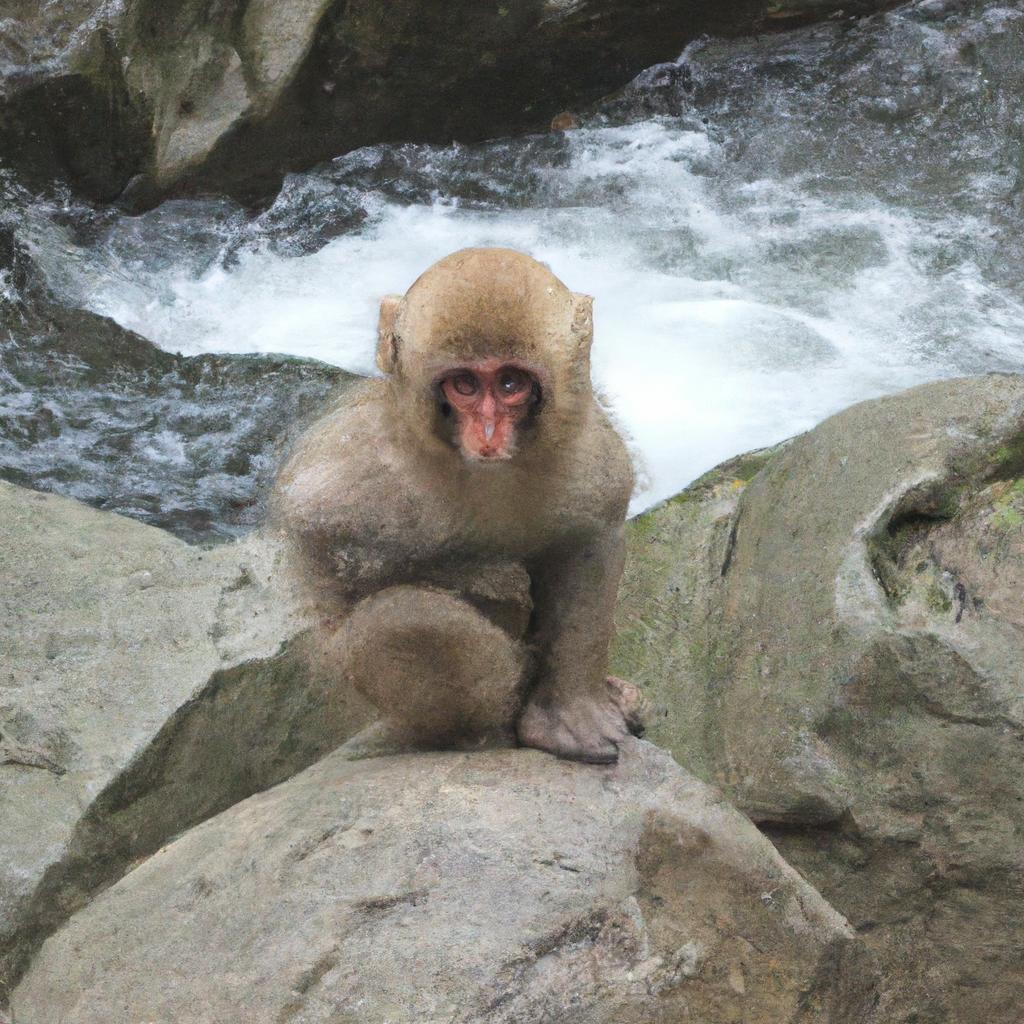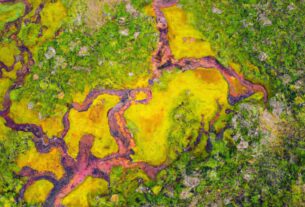The Japanese water monkey, also known as the Japanese macaque, is a captivating primate native to Japan. With its distinct red face and thick fur, this species has adapted to survive in cold winters. However, their significance goes beyond their physical appearance. In Japanese culture, they are considered symbols of wisdom, longevity, and good fortune. Moreover, these monkeys play a crucial role in seed dispersal and ecosystem balance. Let’s take a closer look at their habitat, physical traits, behavior, and conservation status.
Habitat and Distribution
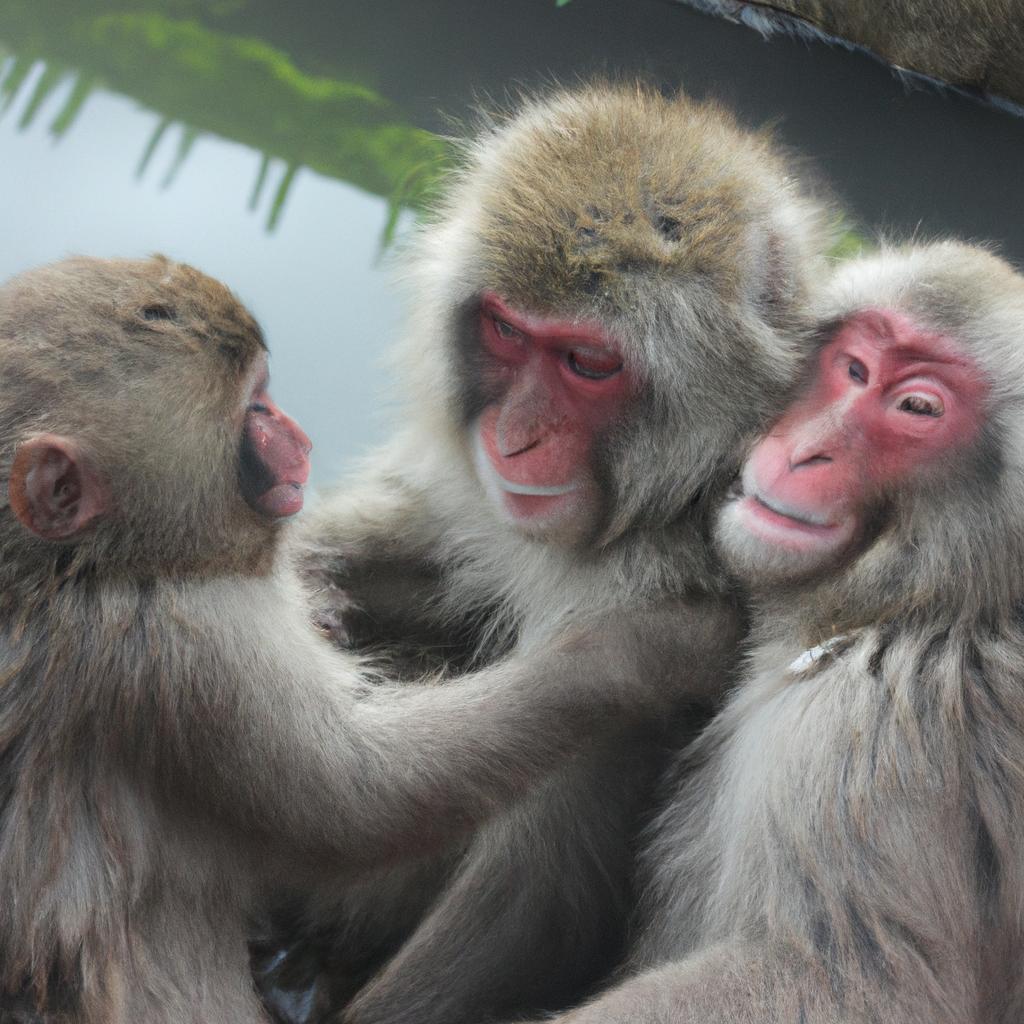
Natural Habitat of the Japanese Water Monkey
The Japanese water monkey thrives in a variety of habitats across Japan, from subtropical forests to snowy mountainous regions. Their adaptability allows them to survive in diverse environments. They are often found near water sources such as rivers, hot springs, and lakes, earning them the name “water monkey.” In fact, they have even been observed swimming and diving, a behavior unique among primates.
Distribution of the Japanese Water Monkey
This species is native to Japan and can be found on the main islands of Honshu, Shikoku, Kyushu, and Hokkaido. The largest population is concentrated in the central and northern regions of Honshu. The Jigokudani Monkey Park in Nagano Prefecture is a popular tourist spot with a significant population of water monkeys. The park’s hot springs provide them warmth during the winter months. Overall, their adaptability and cultural significance make them a fascinating species to study.
Physical Characteristics
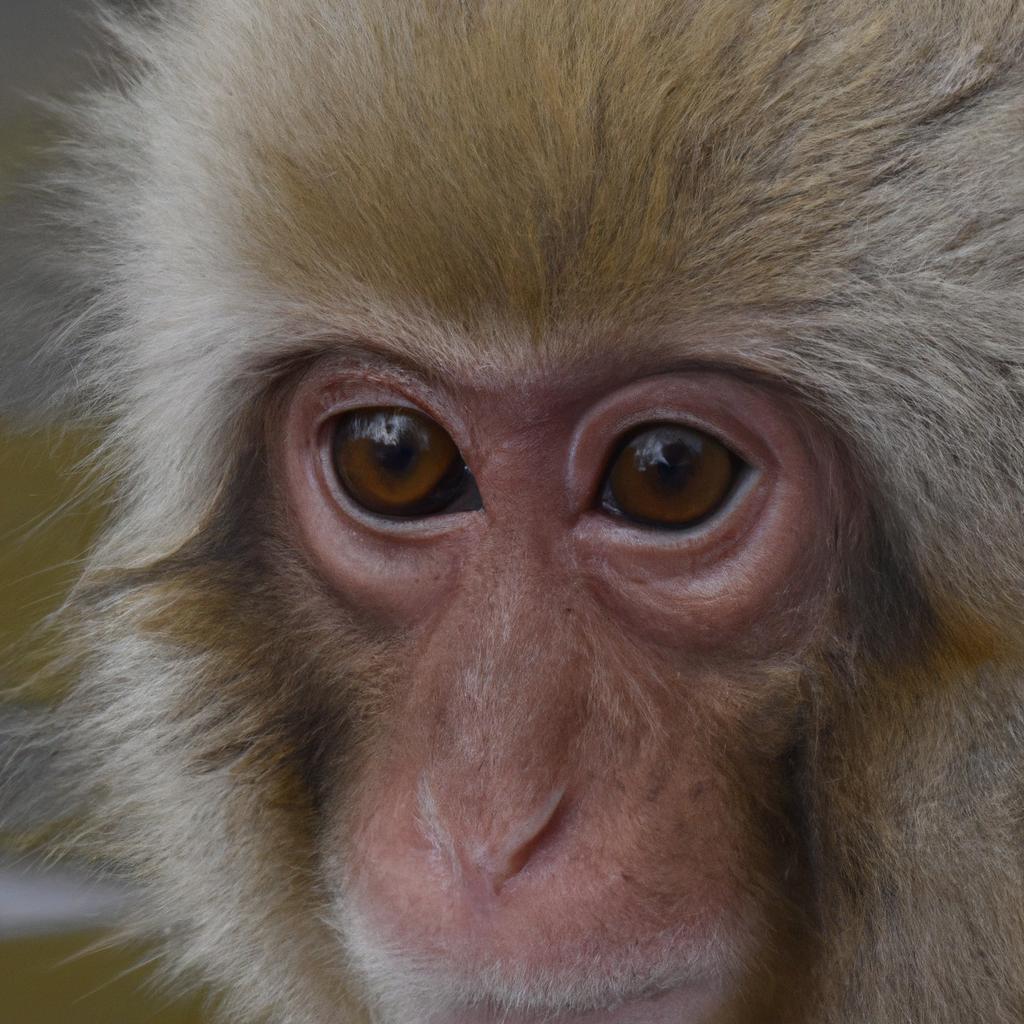
The Japanese water monkey possesses unique physical traits that set it apart from other primates:
Red Face
One of the most remarkable features of these monkeys is their red face. This striking color is a result of blood vessels close to the skin’s surface. The intensity of the redness varies from bright red to a more subdued pinkish-red shade.
Thick Fur
Their thick fur is essential in protecting them from cold temperatures. The fur on their backs is brownish-gray, while their stomachs have lighter-colored fur.
Short Tail
Unlike many other monkey species, the Japanese water monkey has a short tail, only a few inches long.
Size
As medium-sized primates, males tend to be larger than females. Males can weigh up to 30 pounds and stand up to 2 feet tall, while females are typically around 20 pounds and slightly shorter. These physical characteristics contribute to their uniqueness and intrigue.
Behavior and Social Structure
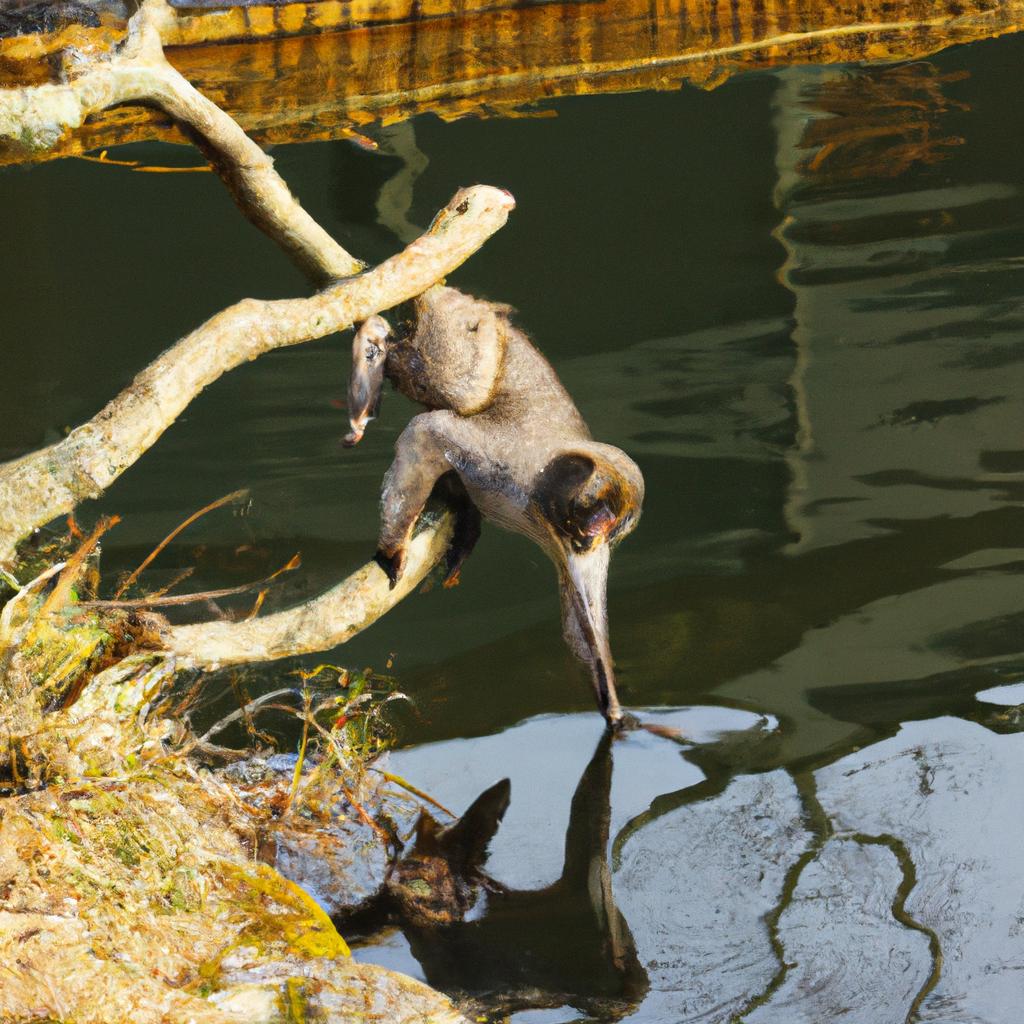
Behavior Patterns of the Japanese Water Monkey
The Japanese water monkey exhibits a complex set of behaviors that have fascinated researchers for years. Their intelligence and adaptability make them valuable subjects for studies. Among their captivating behaviors, one stands out: the use of hot springs to keep warm during winter. Not only do they regulate their body temperature in these warm waters, but they also use this time for social grooming and bonding.
Another intriguing behavior is their ability to use tools. Researchers have observed them cracking open nuts using rocks, a behavior previously thought to be exclusive to humans.
Social Structure and Hierarchy
Japanese water monkeys are highly social animals that live in groups with both male and female members. These groups have a hierarchical structure, with dominant individuals having greater access to resources. Male monkeys usually leave their natal group upon reaching sexual maturity, whereas females remain with their group for life. Female bonds, especially between mothers and daughters, tend to be strong. The group’s complex communication system, which includes vocalizations, facial expressions, and body language, helps maintain their hierarchical structure. Aggression is rare and is typically a display of dominance rather than an intention to harm.
The behavior and social structure of the Japanese water monkey are captivating areas of study that require further research to fully comprehend their intricate communication and social dynamics.
Conservation Status
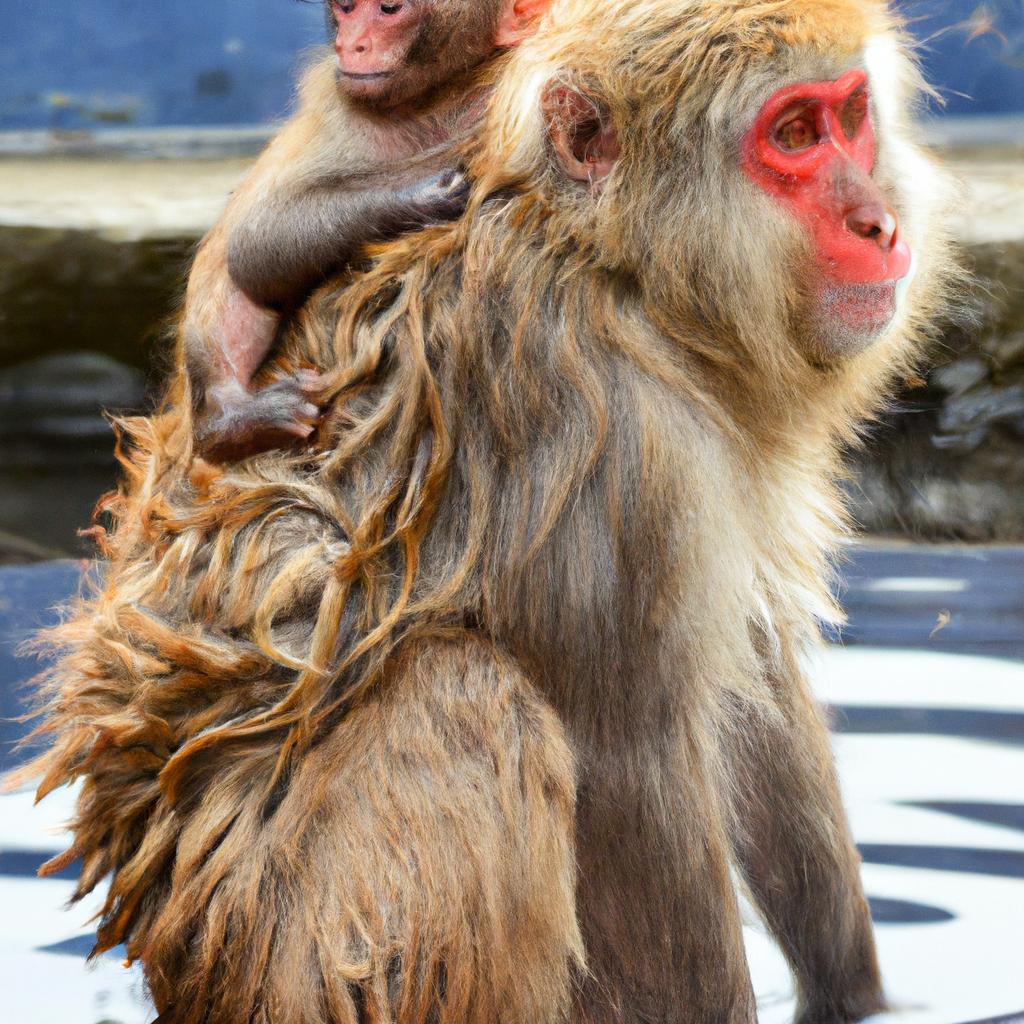
While the Japanese water monkey is currently classified as “least concern” on the IUCN Red List, it faces numerous threats to its survival.
Current Conservation Status
The most significant threat to their survival is habitat loss due to expanding human populations and increased urbanization. Destruction and degradation of their natural habitats result in the loss of food sources and a decline in genetic diversity, posing long-term risks to the species.
Illegal hunting for their meat and fur also persists in certain regions, despite being prohibited by law. Authorities’ limited enforcement further exacerbates the issue.
Threats to the Survival of the Species
Climate change poses another significant threat to the Japanese water monkey. Rising temperatures may disrupt their habitats, making it challenging for them to adapt to changing conditions and potentially leading to a decline in population numbers.
Moreover, these monkeys are susceptible to diseases transmitted from humans. As human activity near their habitats increases, so does the risk of disease transmission.
Efforts to Protect and Conserve the Monkey
To safeguard the Japanese water monkey, conservation efforts focus on preserving their natural habitats and minimizing human impact. This includes establishing protected areas like national parks and wildlife reserves where these monkeys can flourish. Conservation organizations are also working on public awareness campaigns and educational programs, shedding light on the water monkey’s significance and the need to protect its habitats. Conducting research on their behavior and ecology further supports these efforts.
Despite the challenges, ongoing initiatives aim to protect and conserve this extraordinary species. By taking action now, we can ensure the future generations experience the wonders of these captivating monkeys.
Conclusion
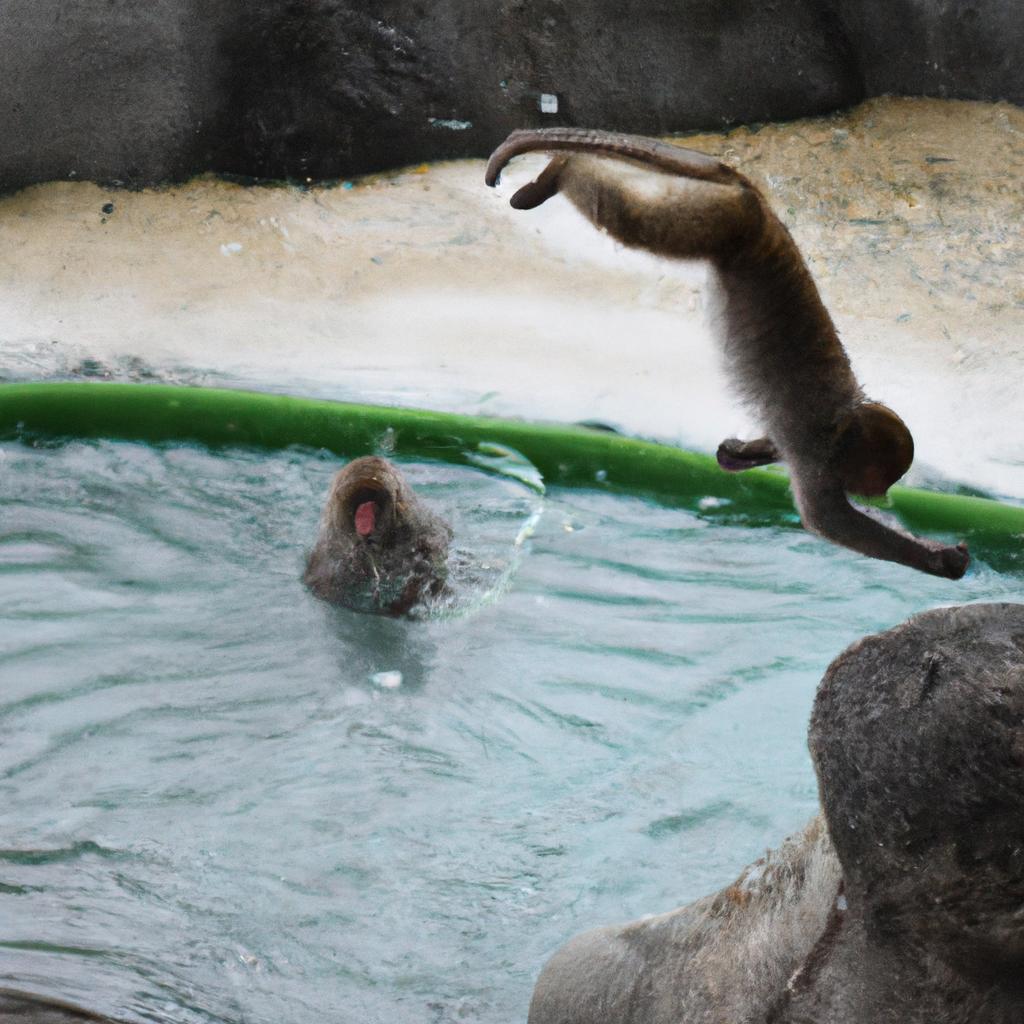
In conclusion, the Japanese water monkey is a remarkable species that holds cultural significance and plays a vital role in ecosystems. Their unique physical characteristics, intricate social behavior, and importance in seed dispersal make them an intriguing primate worthy of attention and protection.
Although they face threats such as habitat loss and hunting, efforts are underway to safeguard these monkeys. By establishing protected areas and raising awareness about their significance, we can contribute to their conservation.
As nature enthusiasts, it is our responsibility to support these conservation efforts and preserve the diversity of our planet. Engaging with and understanding species like the Japanese water monkey allows us to appreciate and protect the beauty of our natural world.
Join us on TooLacks for more enthralling insights about nature and animals.
